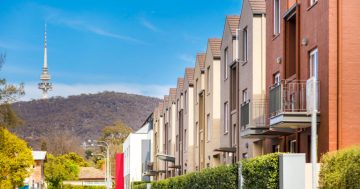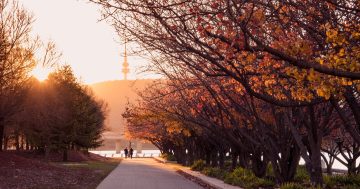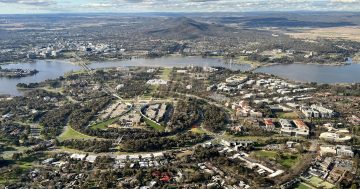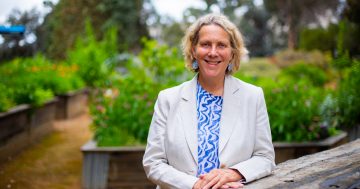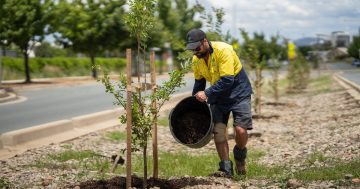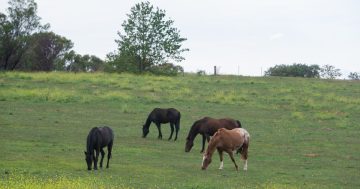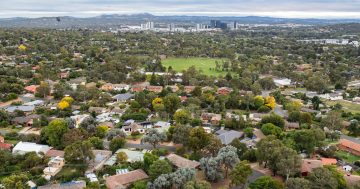
Should the Territory Plan set a target for more trees in Canberra? Photo: File.
One thing that has occurred as a result of this hot, dry, bushfire-affected summer is that many of us have gained an even greater appreciation of the simple things we love about our city. Fresh air, green spaces and healthy trees may have been things we previously took for granted but no more.
The prolonged drought, fires and smoke have demonstrated how fragile our living infrastructure is. It has made us realise how dependent we are on these systems. It has highlighted how we need to value, nurture and care for our trees, our wildlife, and our waterways.
While planning has started about how to protect these systems, there is more work to be done. Right now there is an important opportunity for community members to express their views on how much tree cover should be mandated for future developments. This is through sharing your views on the Draft Variation 369 to the Territory Plan that is currently out for consultation. The reason this is important is that some parts seem to be at odds with recent commitments on tree coverage for our suburbs.
While there hasn’t been that much focus on the Living Infrastructure Plan, which was released at the same time as the Climate Change Strategy, it’s a key part of the planned approach around climate action. The plan aims to ensure that vegetation, soils and water systems remain healthy so our city can remain healthy. It includes thinking about street trees, ovals, wetlands, creeks, nature reserves, parks, private yards, green roofs and balconies, and living walls.
One of the really positive parts of the plan was clear targets. It sets a target 30 per cent tree canopy cover (or equivalent) and 30 per cent permeable surfaces in Canberra’s urban footprint by 2045. Currently, the city has around 21 per cent tree canopy across the city – but we know this is very unevenly distributed across the city. This citywide target seemed to acknowledge that deciding to live in particular suburbs or parts of the city shouldn’t come at the cost of access to the cooling impact of trees and other living infrastructure.
We know this will be vital when responding to climate change. We know the changing climate is putting pressure on this living infrastructure. It’s distressing to us all to see beloved trees on our own property and throughout our neighbourhoods struggling. One of the reasons we love these things is that this infrastructure already makes our city more liveable. They will be even more important in the future as they help counter carbon emissions and create oases from the heat sinks that can be created by hard infrastructure items including roads and concrete buildings.
As our city is changing and becoming more compact, we need to prioritise the green infrastructure that can be lost in dense development. It can be a key to making this type of living desirable. Shared community green space is even more important when you don’t have access to your own private backyard. Clever design is proving how green elements can reduce a building’s carbon footprint and contribute to its core systems like ventilation, heating and cooling.
Given all of this, it is surprising to discover that a current draft variation to the Territory Plan aimed at putting in place the mechanism to deliver the Plan’s targets in fact suggests that in multi-developments the tree target should be pared back to 15 per cent. It is unclear why this is the case and why people living in higher density complexes should have less access to living infrastructure. With this draft variation (DV369) out for consultation, there is a chance to share whether or not you think this is OK. Comments can be provided until 28 February 2020.
Given we are living through a climate emergency, I think we need to do all we can to invest in living infrastructure, including trees. What do you think?
Rebecca is an ACT Greens Candidate for Kurrajong in the 2020 ACT Territory Election












